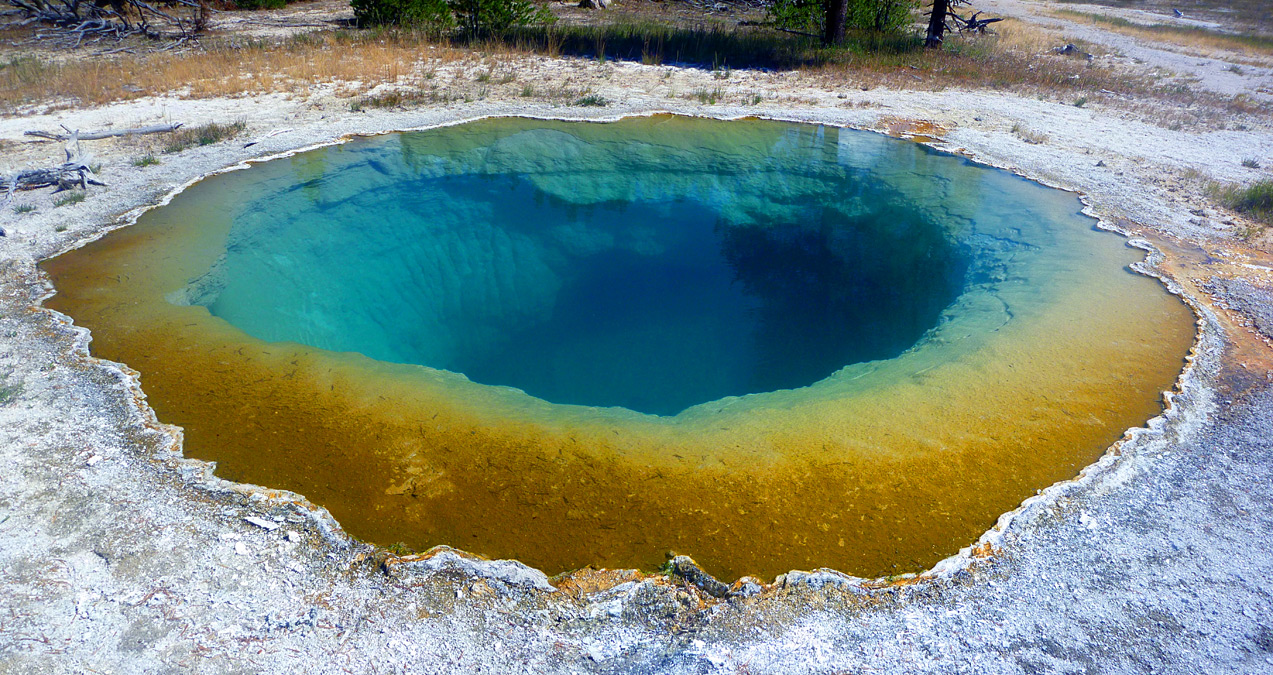Blue Pool
The Blue Pool is a small flooded former clay pit on the peninsula Isle of Purbeck in Dorset in the south of England. It is located near the village Furzebrook within Furzebrook Estate, a 10-hectare park, which consists mainly of forest and heathland.
Furzebrook Estate and the Blue Pool are located about 3 kilometers south of Wareham and 5 km east of Corfe.
From the clay pit has been gained since 1600 until the early 1900s Purbeck Ball Clay. Purbeck Ball Clay was and is used for the production of fine ceramics, for example, cups, teapots and plates. The name " Blue" comes about because different break in the water bloated tiny clay particles, the incident light. This brings different shades of dull gray to green, to metallic blue or turquoise.
In 1935, a coffee house was opened on the premises. There is also a museum and a gift shop. The Country Estate was declared in 1985 to an area of Special Scientific Interest Site of Special Scientific Interest. Now, the law also protects the habitat of a variety of rare plants and animals. Blue Pool is now a popular tourist attraction, mainly because it is a place of peace and tranquility. Blue Pool is surrounded by twenty-five acres of heath. Heathers (Erica ) and marsh gentian (Gentiana pneumonanthe ) are common in this environment.
Around the area crosses a network of sandy tracks. There are steps down to the edge of the pool. There are also steps on some paths around the pool, but there is also a completely flat route around the pool, which is suitable for wheelchairs.
The lush ground vegetation around the pool is mainly inhabited by rabbits, hares and badgers and gray squirrels. But visitors can also have the good fortune to spot rare birds Dartford warbler (Sylvia undata ) or nightjar ( Caprimulgus europaeus) to sift through. Also there're here the rare dragonflies ( Anisoptera ) and animals such as the green sand lizard ( Lacerta agilis ) and the sika deer (Cervus nippon).









